Quote of the day: “I think it pisses God off if you walk by the color purple in a field somewhere and don’t notice it.”
― Alice Walker, The Color Purple
Exploring The Color Purple and Depth of Field
Yesterday I played with my camera and a few flowers and a fern from my wildflower garden. I started out using my regular 18-270mm telephoto lens but soon switched to my macro lens to experiment with different depths of field.
The questions I was asking myself were:
- How close can I get to the subject and still have a clear focus?
- What do different depths of field look like?
- How much of the photo needs to be in focus and how much can be soft and out of focus?
- How does one compose when doing tight macro shots of tiny flowers?
And the question that I didn’t ask myself but should have:
- How do I capture this magnificent purple color? What white balance works?
I have found the color purple one of the most challenging colors to nail the color balance on. The purple in the photo often looks too red to me when I look at it after I download it. Lightroom’s auto color balance also made it look to red to my eye. I finally brought the vase of flowers in to my desk and would gaze at the flowers and then make adjustments in Lightroom.
I’m still not 100% happy with the color match between what my eye sees in the real flowers and what I’ve represented in the photo, but it’s much closer than it was initially.
I found that I needed to de-saturate the color as well as move the temperature towards the blue end of the scale and make sure the tint was neutral or slightly green. The trick was not to make the whole photo look too green or too blue.
Another surprise was tiny webs in the flowers that I could see in the photo after I downloaded it, but that my eye totally missed when I was setting up the shot. It turned out I had brought in a small garden spider with the flowers and it had been busy making tiny webs—everywhere.
It was another reminder to pay close attention to every detail and if possible download a couple of shots to look at on the big screen before making a lot of shots.
In the photo above (macro shot of phlox) I have fairly deep (f11) depth of field so almost everything is in focus. I like the way this turned out.
One of the mistakes I made for a long time when doing macro shots was using too shallow a depth of field. I was so in love with the soft dreamy shots that I used wide apertures (like f2, f2.5, f3.2) all the time. Sometimes this works, but often it ends up creating a blurry mess. Soft and dreamy is great but it takes a lot of skill to get an artistic blur (or occasional extraordinary luck).
I Love Ferns!
I also played around with photographing a fern from my garden.
Ferns are very challenging to photograph!
I’ve photographed more ferns than I can count over the years. I love their grace and color and fractal designs. But I have less than a handful of photos of ferns that I like. I’m still working on capturing their beauty. The two photos below are ok, but still are not the vision I see in my mind. I like the detail I captured in the tiny leaves of the fern and the grace of the sweep, but the tip of the fern is out of focus in the first photo and the composition of the second photo is rather boring.
I didn’t find answers to all of my questions. But the questions have guided my work and I’ve learned a few things:
- How close can I get to the subject and still have a clear focus? — About 2 1/2 -3 inches with my macro lens
- What do different depths of field look like? – I learned that usually I prefer more depth of field for macro shots
- How much of the photo needs to be in focus and how much can be soft and out of focus? – Soft blur is an art I’m still working on
- How does one compose when doing tight macro shots of tiny flowers? –Play with the different compositional elements like negative space, rule of thirds, leading lines, etc. There are infinite ways.
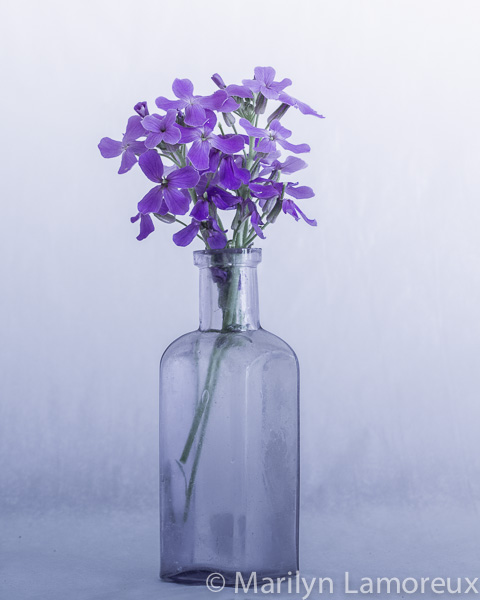
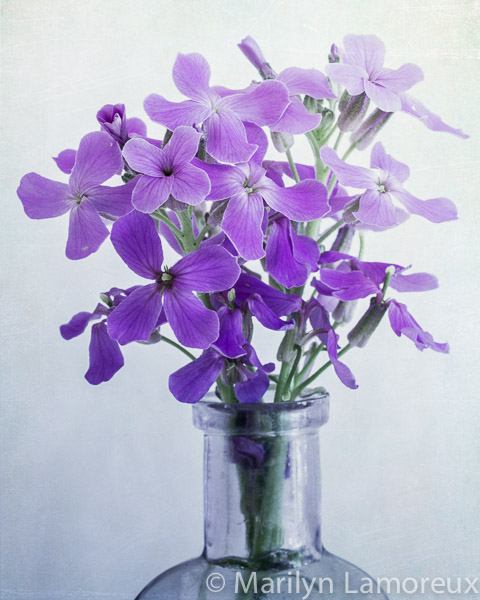

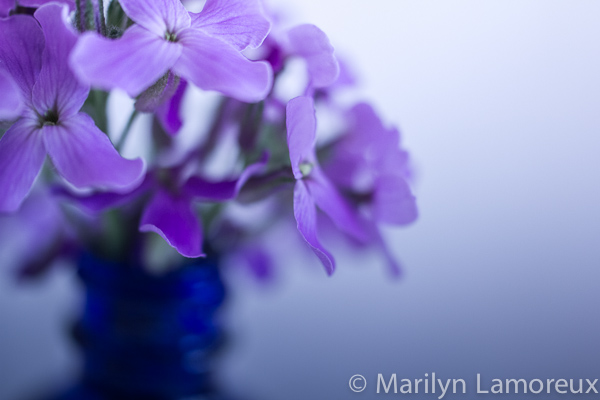
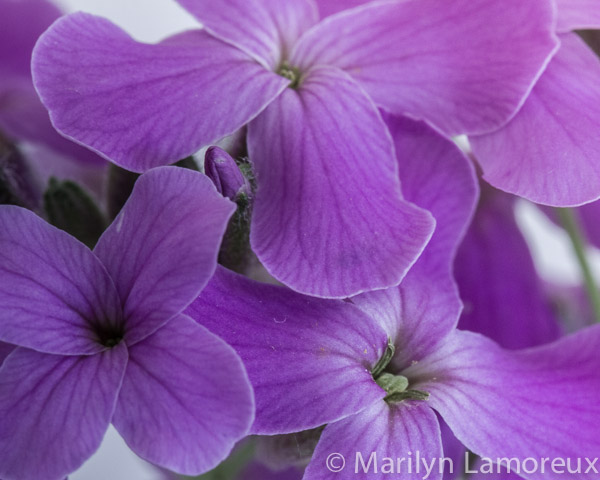
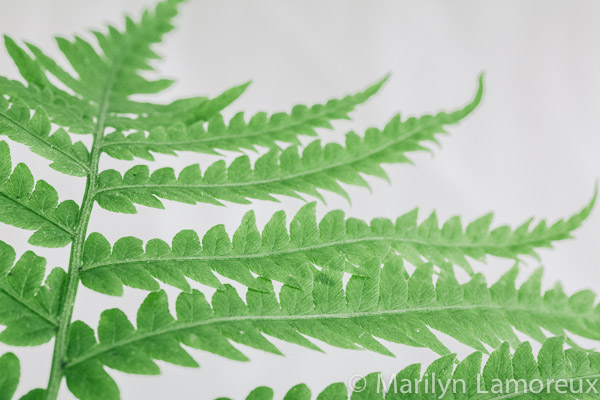

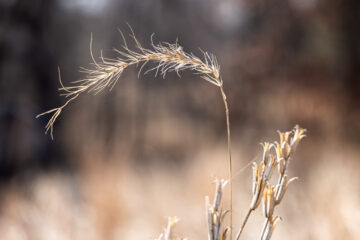
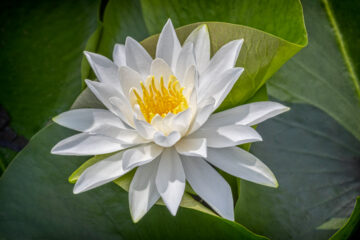

0 Comments